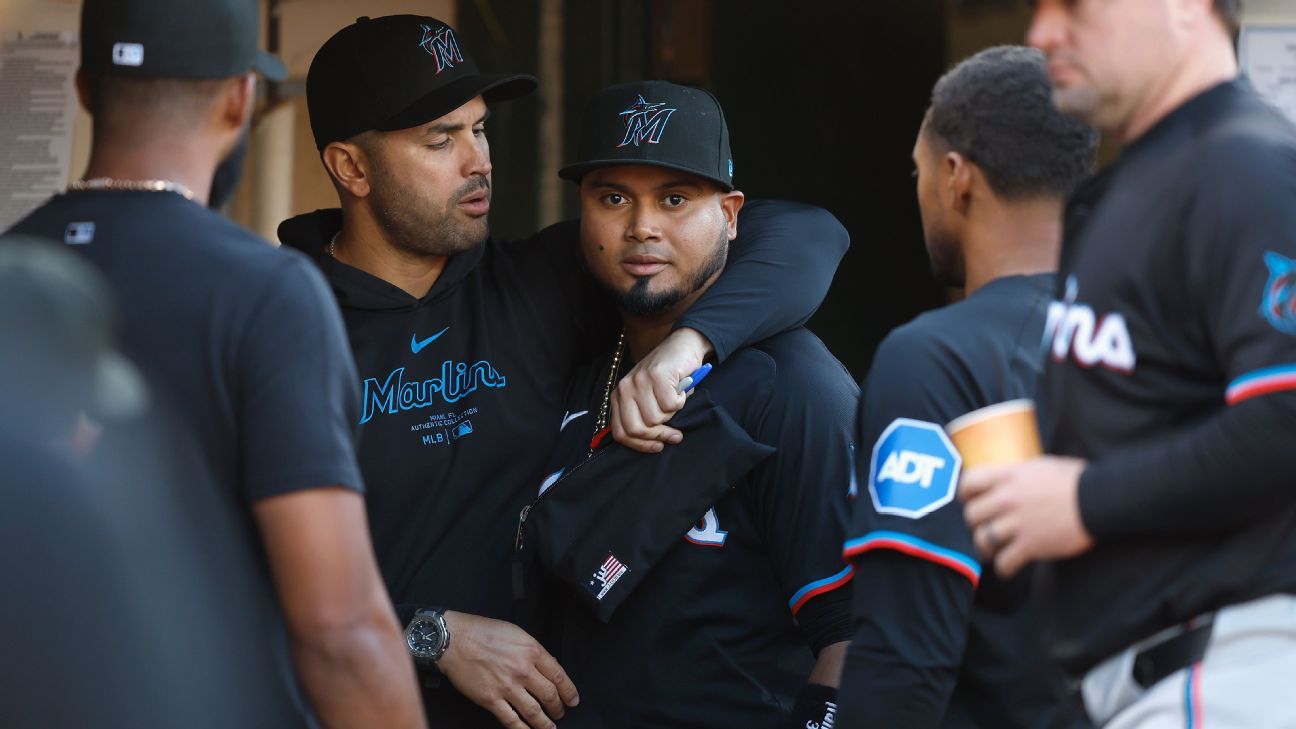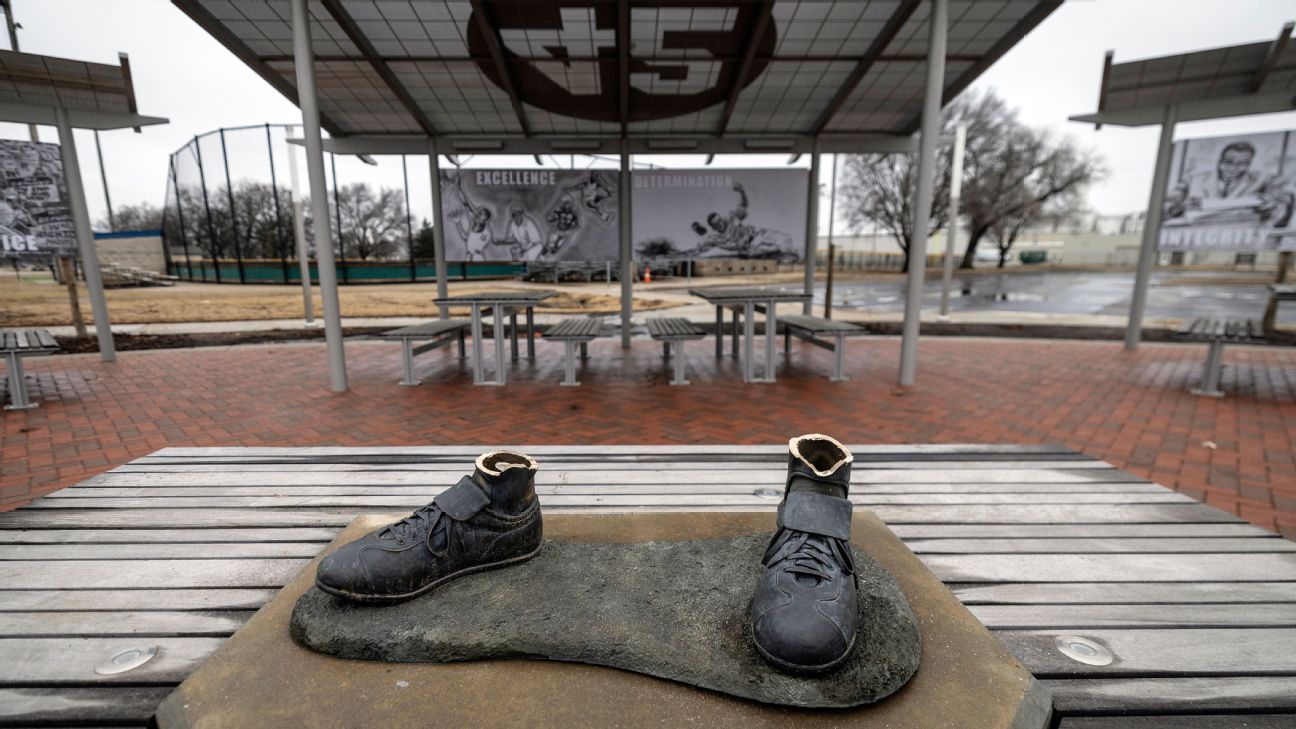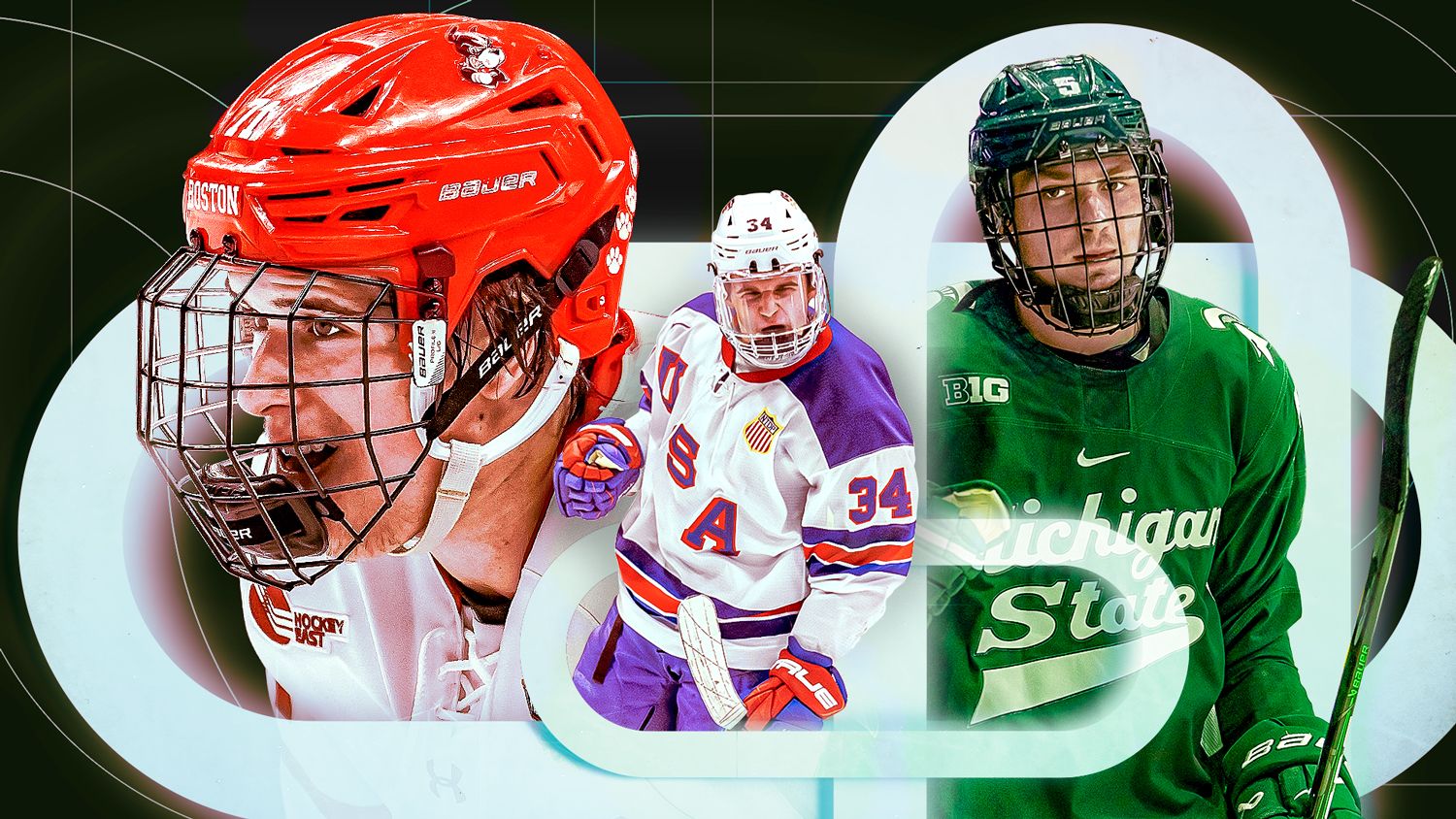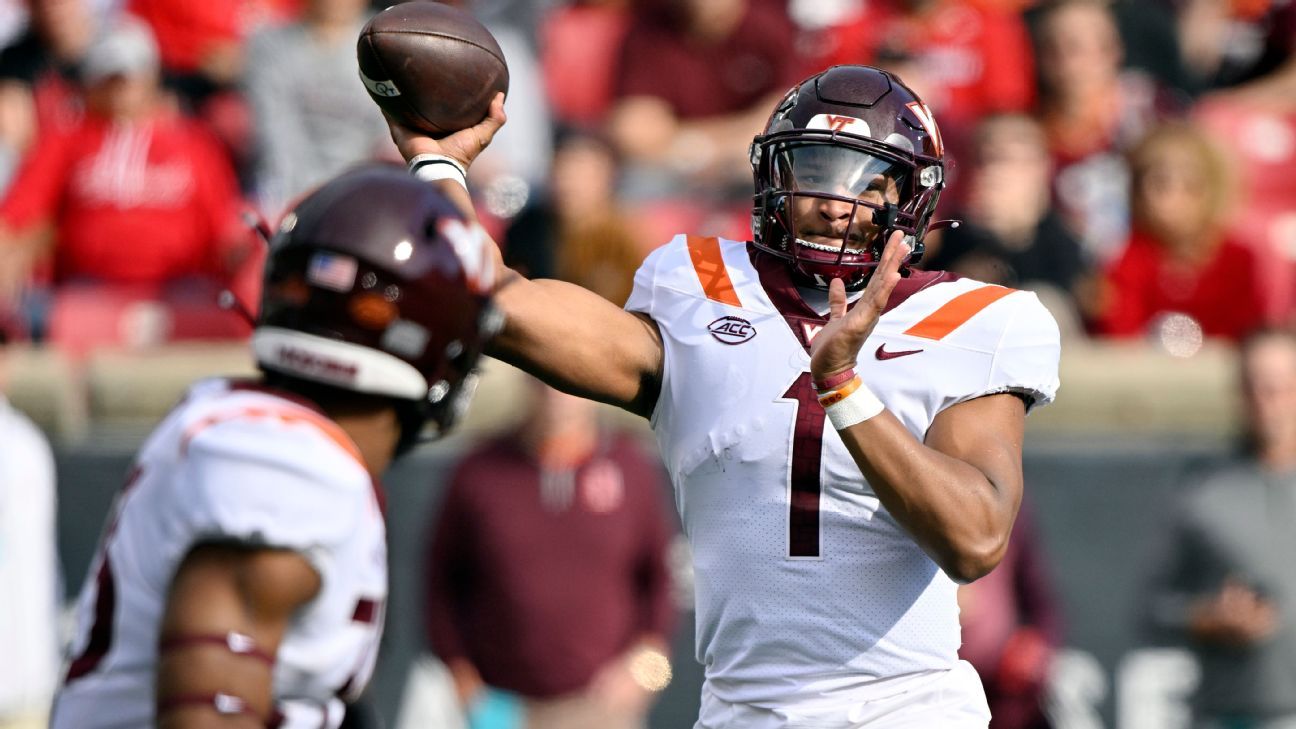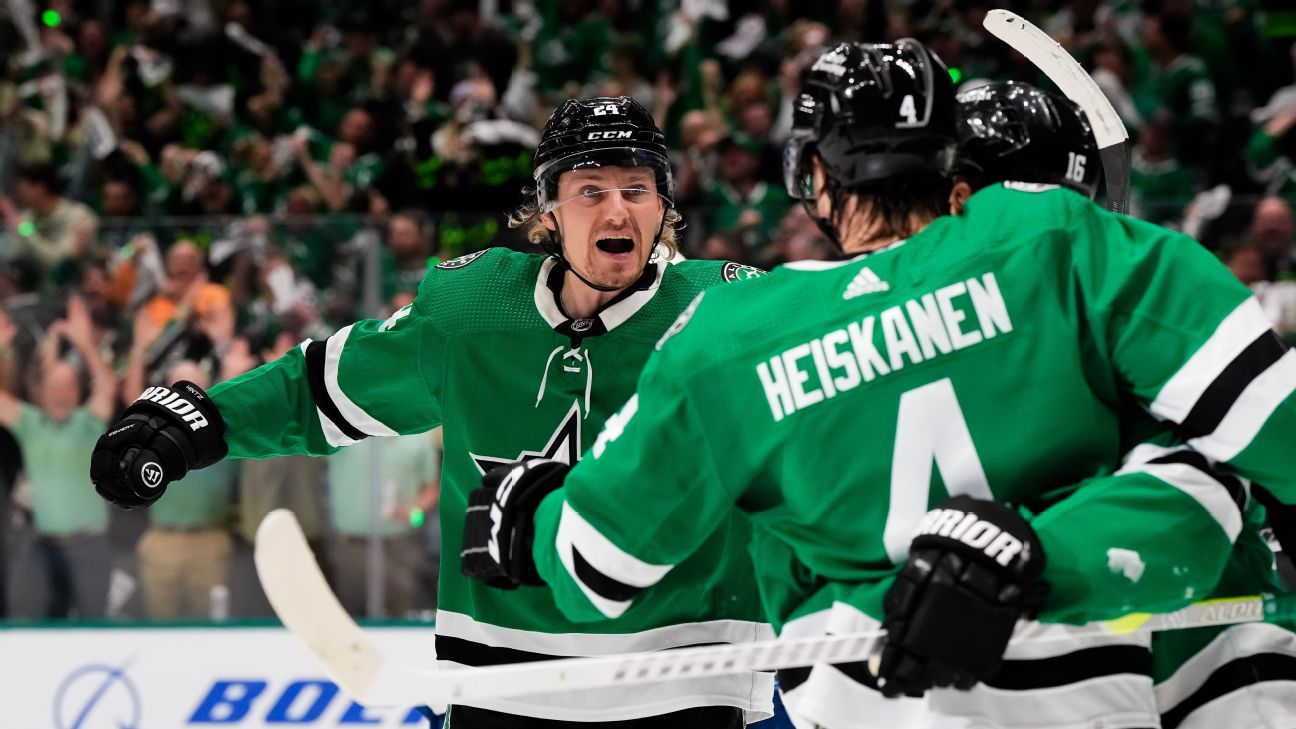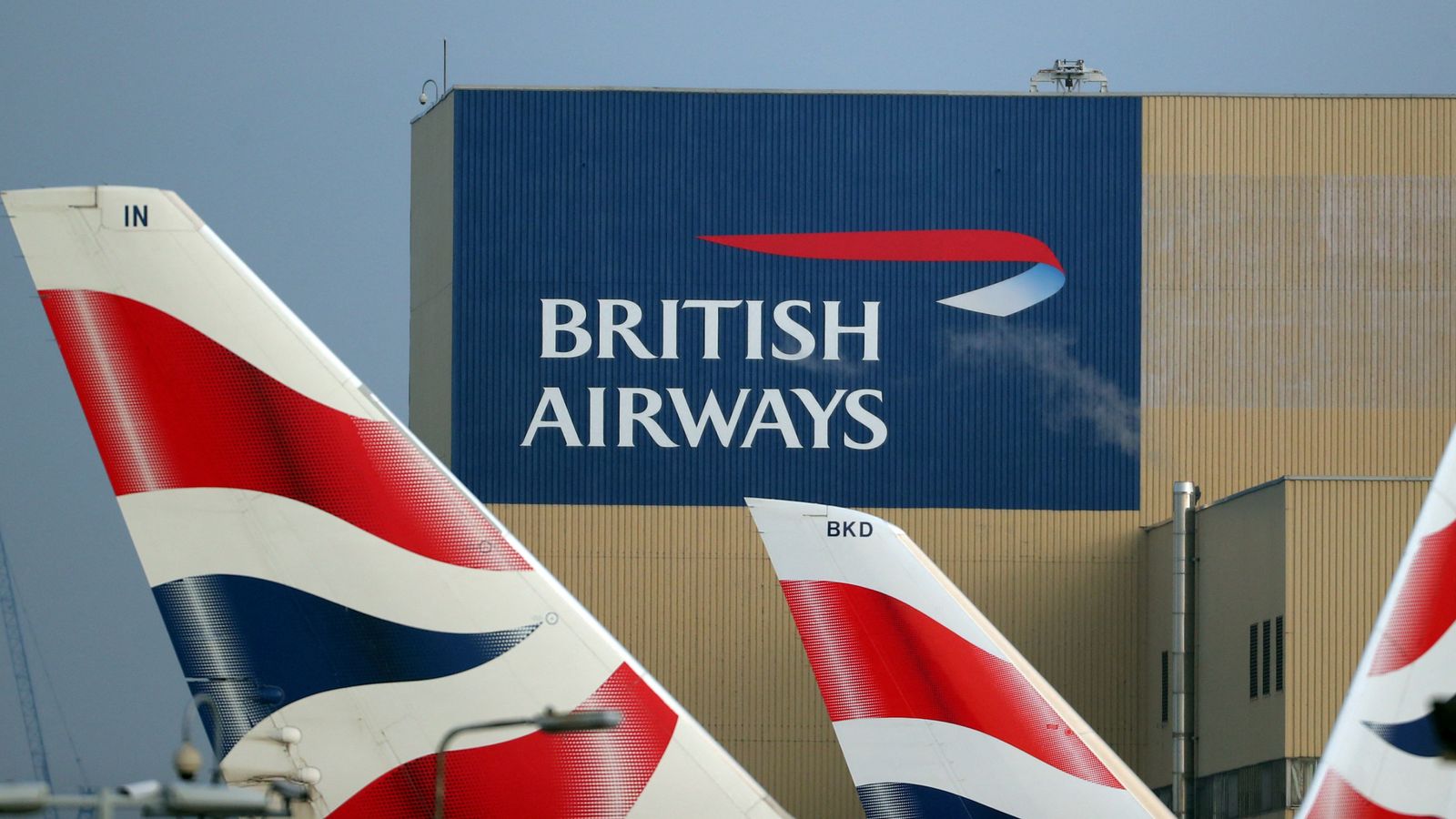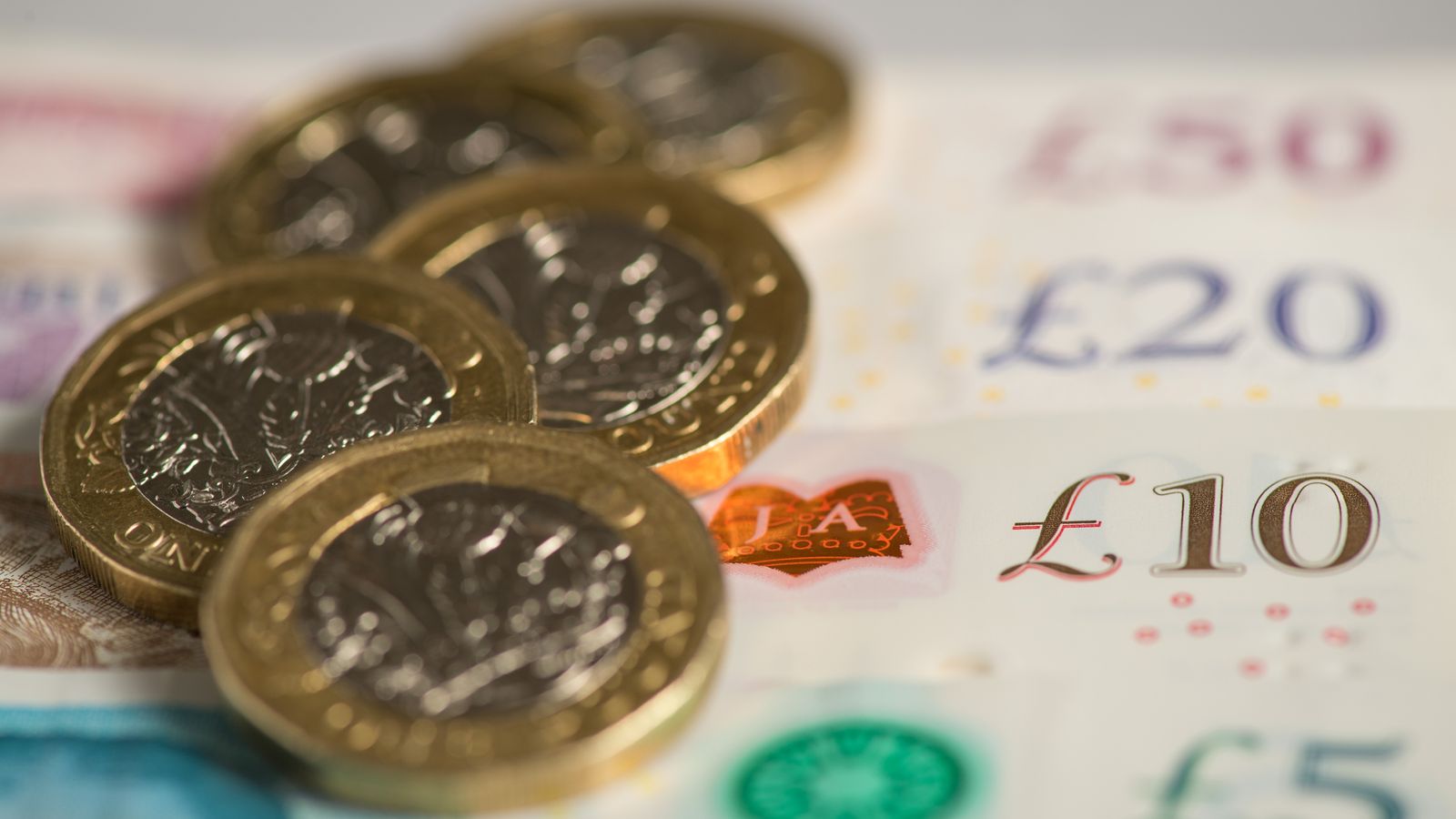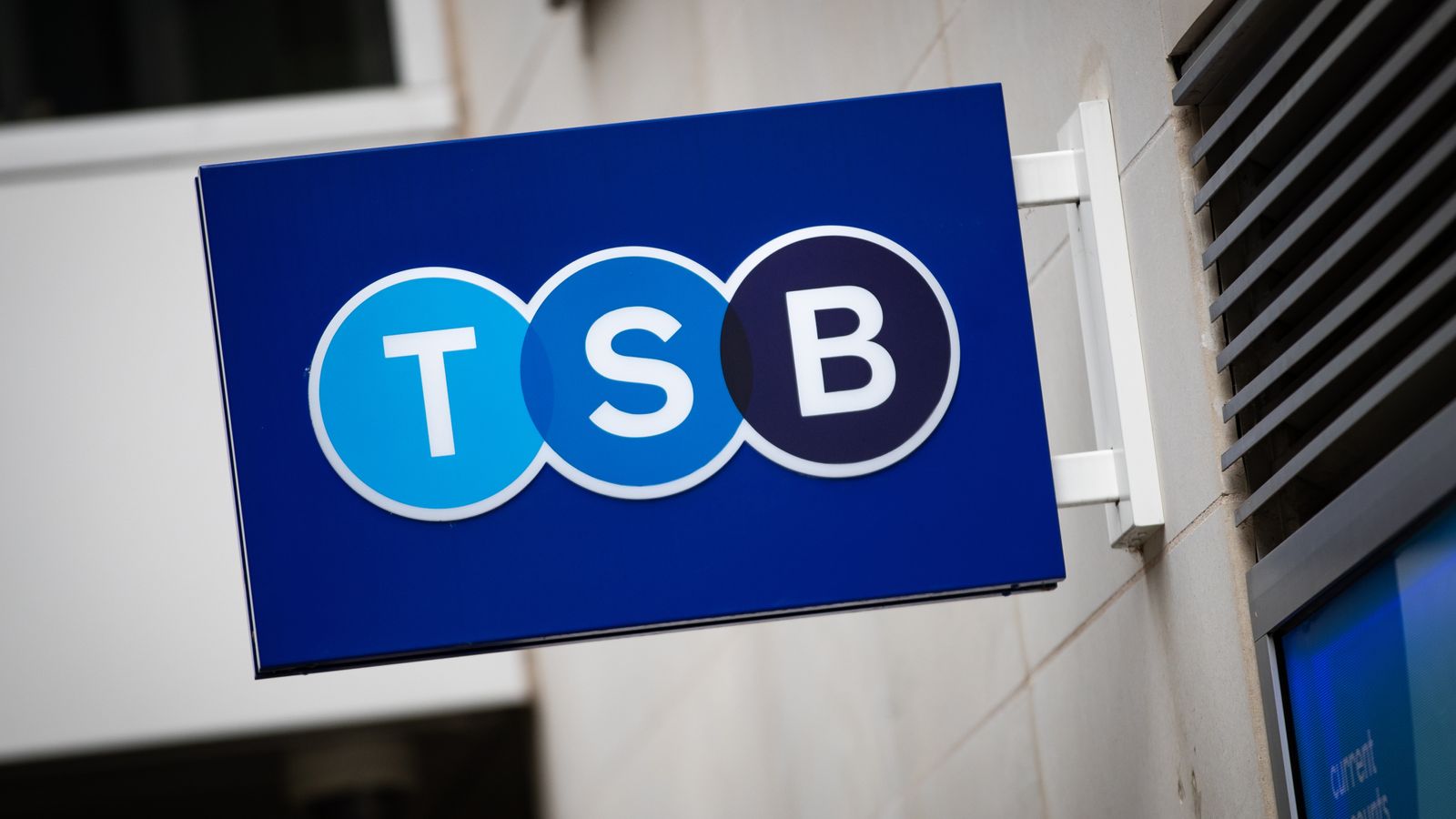
The NHL is considering changes to its digitally enhanced dasherboards (DED) after fan criticisms during their debut season.
DED technology allows for the digital replacement of camera-visible arena ads on local, national and international broadcasts. The digital boards allow broadcasts to constantly change which advertisers appear. Ads are sold like commercials, with brands buying 30-second increments, based on the game clock.
The digital ads faced criticism from fans during the first year for everything from technical glitches to disruptive artificiality to the way some moving advertisements detracted from ongoing play.
While the NHL is contemplating some of those critiques, the league said it believes most viewers have grown comfortable with the digital ad boards. The NHL said it has heard feedback that the technology actually makes hockey easier to watch on television.
“It was certainly the vocal minority. There’s plenty of folks that think it’s a much better viewing experience to watch the game,” said Keith Wachtel, the NHL’s chief business officer and executive vice president of global partnerships.
“The overwhelming sentiment was that the cleanliness of the boards is less jarring for the viewership. That it blends in more. Other than when [the ads] might change where people notice it, the prevailing thought is that they’re kind of in the background,” he said.
Wachtel confirmed that the NHL made two changes to the technology during the 2022-23 season: tweaking the brightness of the ads and applying some motion-blurring to them so they would better blend in during play.
He said the system uses artificial intelligence rendering to improve the look of the ads from game to game.
“We were able to do some things that we thought would enhance the viewing of the game. We still think that the viewing of the broadcast with DED is significantly better than the old static [ads] way,” Wachtel said. “We continue to tweak it so that we make sure the viewing experience is as optimal as we can make it.”
One of those tweaks might involve ads that include moving elements, which some fans found disorienting.
“Yes, there is the occasional funny meme of the car going one way and the player skating another way. Very infrequent, when you look at the totality of how many ads are running. We limit [the movement] to a few seconds,” Wachtel said. “What we are doing, though, is continuing to look at what the motion is. At this point, we’re not making any big changes, but we are looking at ways to perhaps tweak it — to look at where and how these ads appear versus where the players and the puck might be at that moment on the ice.”
The NHL is less concerned with fans who claim that the digital boards “swallow up” the puck.
“The puck getting lost really doesn’t happen. I mean, you’re talking about 2,000-plus [feeds] and there can always be an issue with any technology, but that was really infrequent,” Wachtel said. “I would venture to say that those that had trouble following the puck have trouble following the puck to begin with.”
Overall, he believes fans will continue to feel more comfortable with the technology.
“I just think it needs a little bit more time. We have a full year under our belt. I think the experience will continue to get better and better,” Wachtel said. “Some of those fans that might not like [the DED] as much will start gravitating towards it because they’re going to start to see some really cool things throughout the broadcast that will enhance the viewing experience even more than what we think we currently have.”
While overlaying other advertisements on the boards will be its primary function, the DED system eventually will allow broadcasts to use the boards for other special effects.
There are innovations planned for the 2023-24 season. On national broadcasts, the DEDs will be emblazoned with a graphic that promotes the teams you’re about to watch. “It makes the game feel bigger,” Wachtel said.
Coming out of breaks, the boards will be used for more targeted promotion of upcoming games coupled with an announcer voiceover. The boards will also come to life when the game goes to overtime or a shootout.
Down the line, the hope is to use the boards to announce who’s participating in the shootout — remember that advertising inventory for overtime and the shootout isn’t always sold.
“We’ll use those boards as creative elements for those important times of the game,” Wachtel said.
In the near future, the boards will light up at the end of the game in celebration of the winning team. The NHL also expects to eventually use the boards to convey real-time statistical information.
One innovation the NHL already tested at last year’s All-Star Game was using the boards to enhance goal celebrations. The challenge now is the way the game is shot for television. What usually happens after a goal is scored is that the camera cuts directly to the player celebrating, which means the shot will have the ads featured in the arena rather than their digital replacements.
“We would need to work with the broadcaster to hold on that main game camera for a little bit longer,” Wachtel said. “The problem with that is you miss some great enthusiasm and excitement and celebrations, which are really important for our game.”
One of the biggest innovations this season for the DED initiative is having a world feed for every game. On Saturdays and other “game of the week” nights, the NHL is creating four different international feeds where digital ads can be sold: The world feed, a Czech and Slovak feed, a Nordic feed and Commonwealth of Independent States feed.
That additional ad space will build on what Wachtel called an “unbelievably successful first year” from a financial perspective.
SponsorUnited, which tracks sports sponsorship data, reported in June the NHL experienced a 21% increase in sponsorship revenue year-over-year and that 700 brands were involved with the DED.
Wachtel said that, in total, 12,000 pieces of creative were built in the NHL’s hub for the digital boards. SponsorUnited found that the NHL had “eclipsed all other leagues with close to 90%” of all virtual signage assets in televised sports.
The league uses MVP Index to track the amount of time the ads are displayed during games and during highlights distributed on social media.
“All in all, it was very successful Year 1, for which we’re making some small, but we think exciting, changes for Year 2,” Wachtel said.


